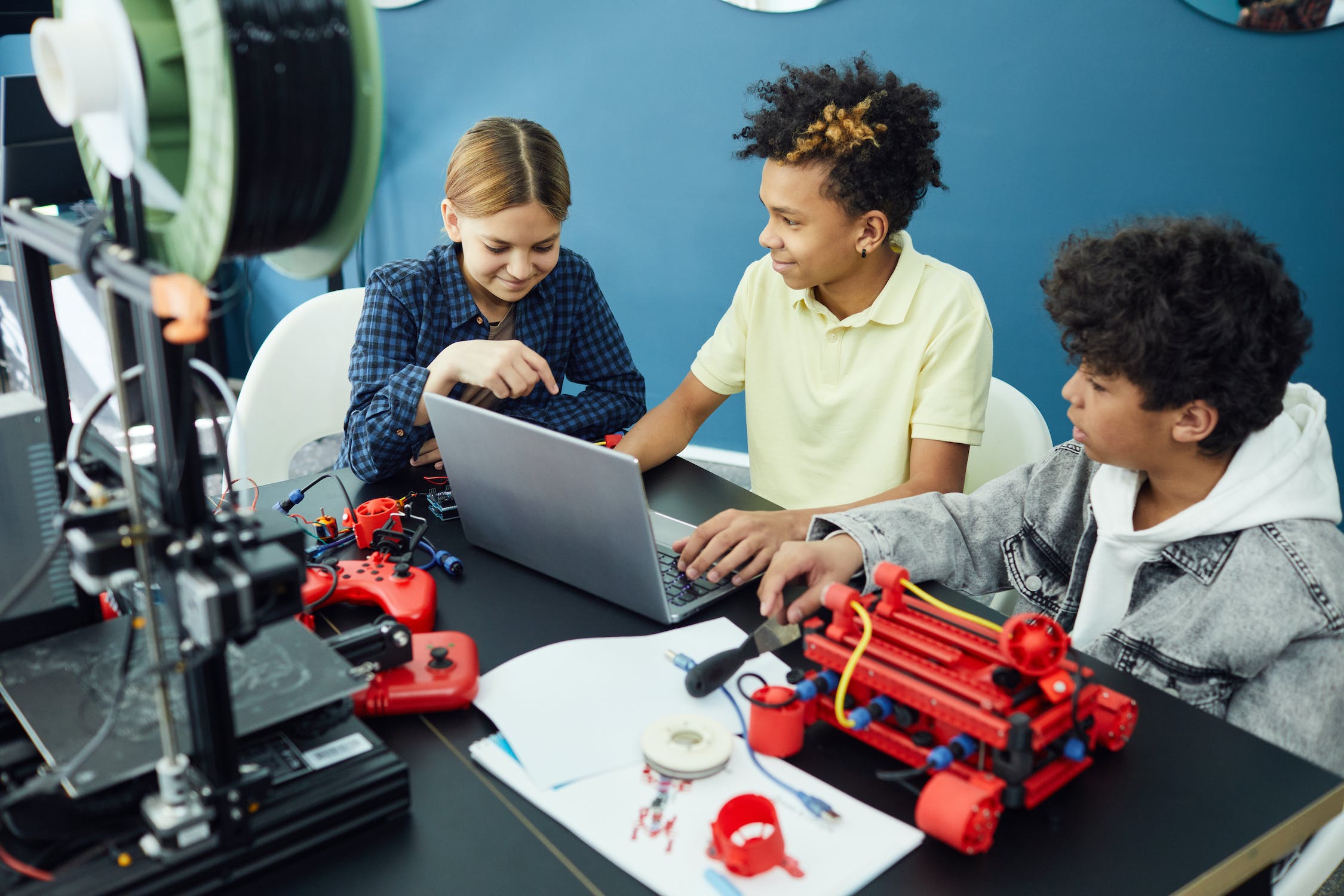
What is Experiential Education?
“Everything that occurs to us in life is a resource, an experience that we can learn from and grow from.”
― Dead Toad Scrolls, Kilroy J. Oldster
Experiential education is a powerful teaching approach that emphasizes hands-on, real-life experiences to facilitate learning. This approach has become increasingly popular in recent years, thanks to its effectiveness in engaging students in their learning and preparing them for success in the real world. In this blog post, we will explore the value of experiential education for school-aged children, including examples of both curriculum-linked experiences and free-choice interest-based experiences. We will also explore the benefits of experiential education when championing an interdisciplinary learning approach.
Experiential education and interdisciplinary learning have many benefits for school-aged children, including:
Engages learners: Experiential education engages learners by connecting them to their learning in meaningful ways. Students are more likely to be interested in and invested in their learning when they can see the relevance and value of what they are studying.
Develops critical thinking skills: Experiential education encourages students to think critically and problem-solve in real-life situations. This type of learning helps students develop the skills they need to be successful in the real world.
Builds social and emotional skills: Experiential education often involves working with others, which helps students build social and emotional skills such as teamwork, communication, and empathy.
Fosters lifelong learning: Experiential education helps students develop a love of learning that can last a lifetime. By engaging with their learning in hands-on, real-life ways, students are more likely to see the value and importance of education in their lives.
Interdisciplinary Learning in Experiential Education
Interdisciplinary learning involves connecting concepts and ideas from different disciplines to create a more comprehensive and holistic understanding of a topic. This approach is particularly valuable in experiential education as it allows students to apply their knowledge and skills in multiple domains, making learning more meaningful and engaging.
An excellent example of interdisciplinary learning through experiential education is a project-based learning activity where students design and build a sustainable living space. This activity involves concepts from science, mathematics, engineering, and social studies. Students can research sustainable building practices, design and build scale models of their living space, and calculate the energy efficiency of their design.
Curriculum-Linked Experiences
Curriculum-linked experiences are designed to reinforce the content and skills being taught in the classroom. These experiences come in various forms, including field trips, science experiments, and simulations. The primary goal is to deepen students' understanding of the concepts and make learning more relevant and engaging.
An excellent example of interdisciplinary learning through experiential education is an environmental science field trip to a local wetland. This experience allows students to apply concepts learned in science, mathematics, and language arts classes to the real world. They can observe and collect data on wetland ecosystems, analyze the information they gathered using statistical analysis, and communicate their findings through written reports and presentations.
Extra-Curricular Interest-Based Experiences
Whoever said learning has to happen in the classroom? Experiential education can be self-guided and enables students to pursue their passions and interests, understanding them more deeply. By encouraging their hands-on investigations into honing their talents in their particular focus areas, they can develop skills and interests that can lead to lifelong learning and fulfillment.
An excellent example of interdisciplinary learning through experiential education is a student joining a robotics club. This experience allows the student to explore their interests in robotics, computer science, and engineering in a hands-on way. They can apply their knowledge of mathematics and physics to design and build robots, test and debug their code, and compete with other teams.
Experiential education and interdisciplinary learning are powerful teaching approaches that can benefit school-aged children in many ways. By incorporating interdisciplinary learning into experiential education, students can deepen their understanding of the concepts and apply their knowledge and skills